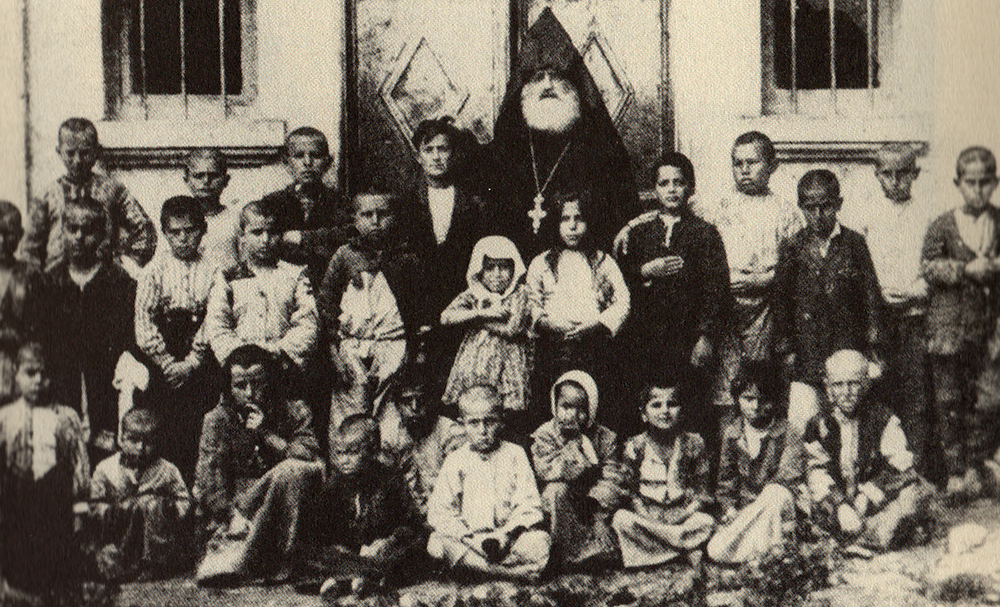
In the summer and autumn of 1915, as a result of the deportation of the peaceful population of Western Armenia and the Armenian-populated areas of the Ottoman Empire during the Armenian Genocide, a great mass of Armenians found themselves in the Syrian deserts. During the Genocide the Armenians were not only facing physical destruction but the danger of assimilation as well. Tens of thousands of Armenian women and children were subjected to sexual violence and converted to Islam, gradually losing their national identity in the Islamic environment. Orphanages were established by Turkish state funds for Armenian orphans throughout the Ottoman Empire by the command and under the direct control of the Young Turk Government, where Armenian children were Turkified and Islamized.
To alleviate the consequences of this humanitarian catastrophe, significant efforts were made by Armenian and international charities. The aim of those organizations during the Armenian Genocide and subsequent years was not only to provide living conditions and assistance to the deportees, but to liberate Armenian women and children from Muslim homes. A great movement began, bringing together all the national institutions, political forces and individuals. Russian troops and Armenian volunteers undertook orphan-gathering activities in Western Armenia. Murad of Sebastia and Kaytsak Arakel organized search groups in Erznka to rescue Turkfied and Kurdified Armenian women and children, launching the “One Armenian - one gold coin” mission. The orphan-gathering activities in Western Armenia were mainly carried out by foreign organizations, as well as Armenian individuals and compatriotic unions. The churches and their surrounding areas became centers for salvation, from where the refugee children were taken to orphanages. Armenian soldiers serving in the Eastern Legion also carried out large-scale orphan-gathering work in Cilicia and Mesopotamia. The redemption process, as well as ensuring the provision of the minimum needs for rescued Armenians, required enormous financial resources. In order to resolve the problem, donations with the slogans “Orphan Sunday,” “Orphans' Salvation Week,” “Save the Orphans of the Desert” were organized around the world. Books and albums were published to inform the public, the proceeds of which were transferred to those providing foster care. All this was done under the slogan “Tomorrow is too late” or “Only Armenian Money can Save an Armenian.”
As a result of this work in 1919-1920, about 10.000 orphans were cared for in just the orphanages in the towns of Adana, Hajin, Dort-Yol, Harounieh, Osmaniye, Tarsus, Mersin, Marash and Aintab. About 8.000 Armenian orphans from Urfa, Mardin, Harput, and Malatya were evacuated and placed in orphanages in Syria and Lebanon in April 1922, under the immediate responsibility of Swiss missionary Jacob Kunzler. After the exodus of Armenians from Cilicia, around 20.000 orphans found shelter in Aleppo, Jbeil, Maameltein, Ghazir, Jounieh, Beirut, Saida and Damascus, while others were taken to Greece. Here most of the orphan care work was conducted by the Near East Relief, while the British Lord Mayor’s Fund took care of the Armenian orphanage in Corfu.
Most of the orphans in Eastern Armenia were those that emigrated in 1915 from Vaspurakan and the neighboring regions, as well as the children orphaned in 1918-1920 as a result of military operations. Their number was over 45.000. 30.000 of them were sheltered in Alexandrapol. These orphans were under the care of the governments of the Republic of Armenia and then the Armenian SSR, supported by the Near East Relief organization. Thanks to unity and being guided by a single idea, the salvation of the fragments of the Armenian people became a reality and continued until the early 1930s.
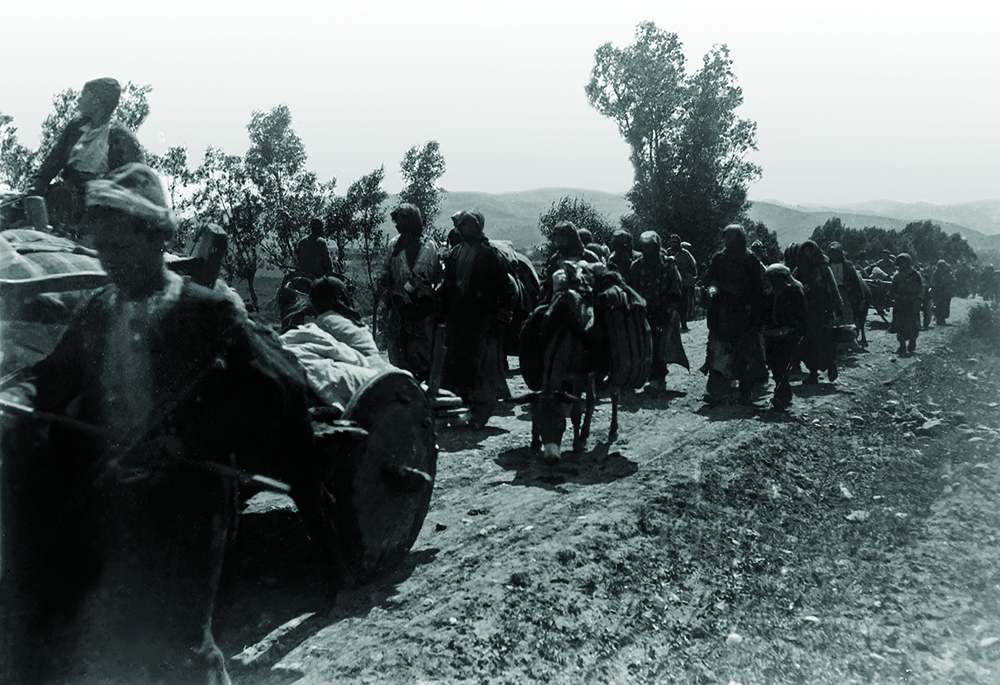
An episode from the deportation of Erzurum Armenians near the village of
Sushehir (Photo by Viktor Pietschmann)
The Natural History Museum, Vienna
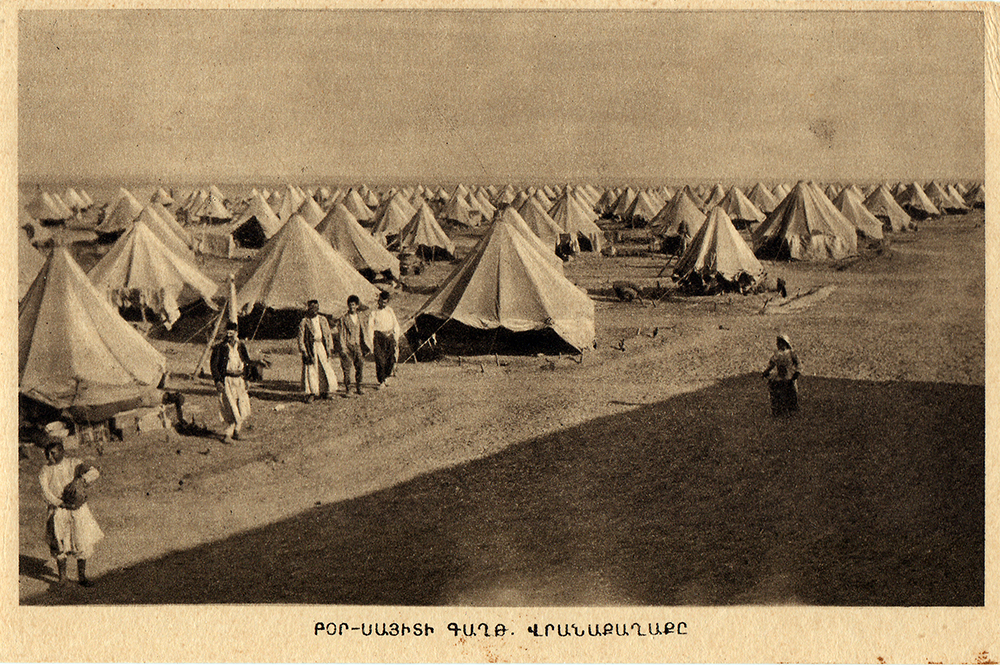
The refugee camp in Port Said
AGMI Collection
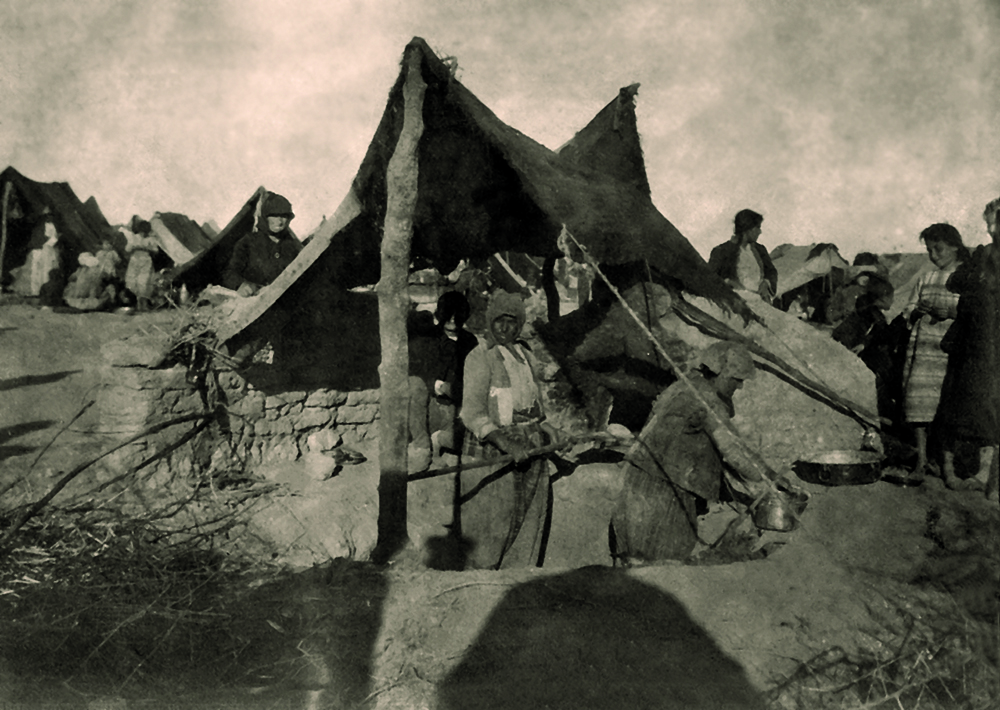
The refugee camp in Raqqa
AGMI Collection

A group of Armenian refugees
assembled in Agapa to organize orphan gathering activities in the deserts, April 1918
A Century of History of the Armenian General Benevolent Union, 1906-1940, vol. 1, Cairo-Paris-New York, 2006 (in Armenian)

Armenian refugees gathered from the area around Dera, September, 1918
Les Arméniens, 1917-1939, La quête d’un refuge, Beyrouth, 2006
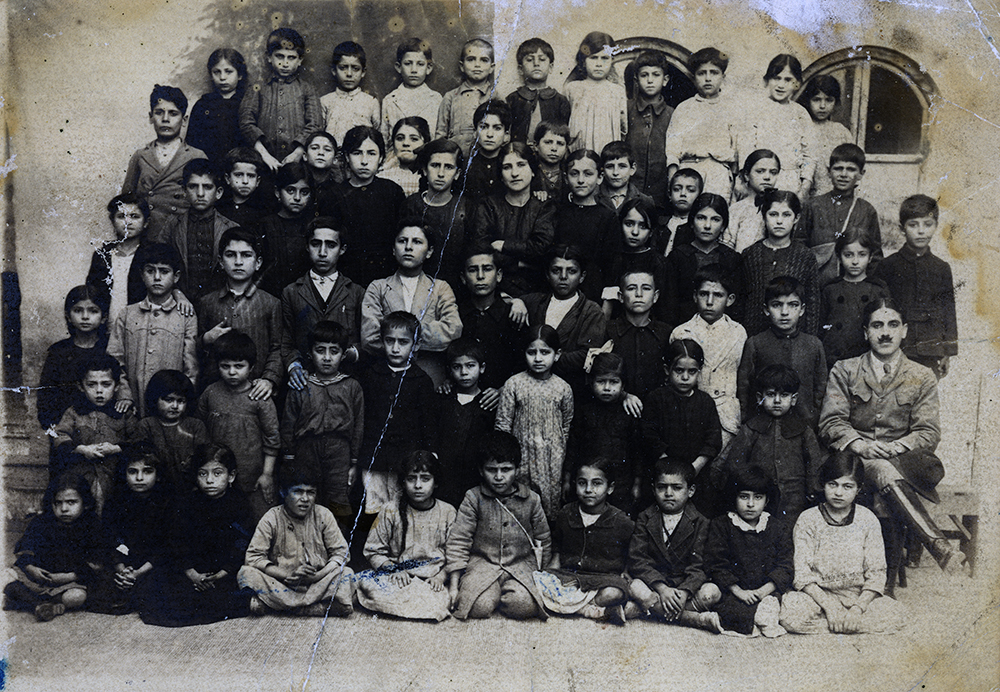
A Group of Orphans Collectedfrom the Deserts, Aleppo
Mihran Minassian’s Collection

26 Armenian orphans gathered from the Streets of Samsun
Barton J. L., Story of Near East Relief, NY, 1930
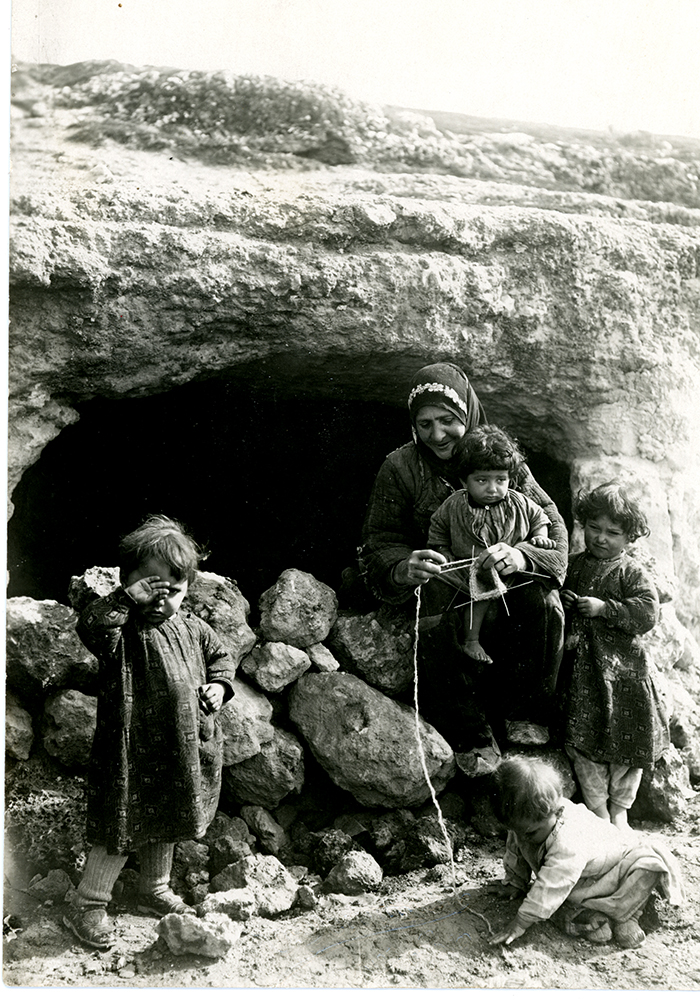
A cave-dwelling woman with her children, Aleppo
Mihran Minassian’s Collection
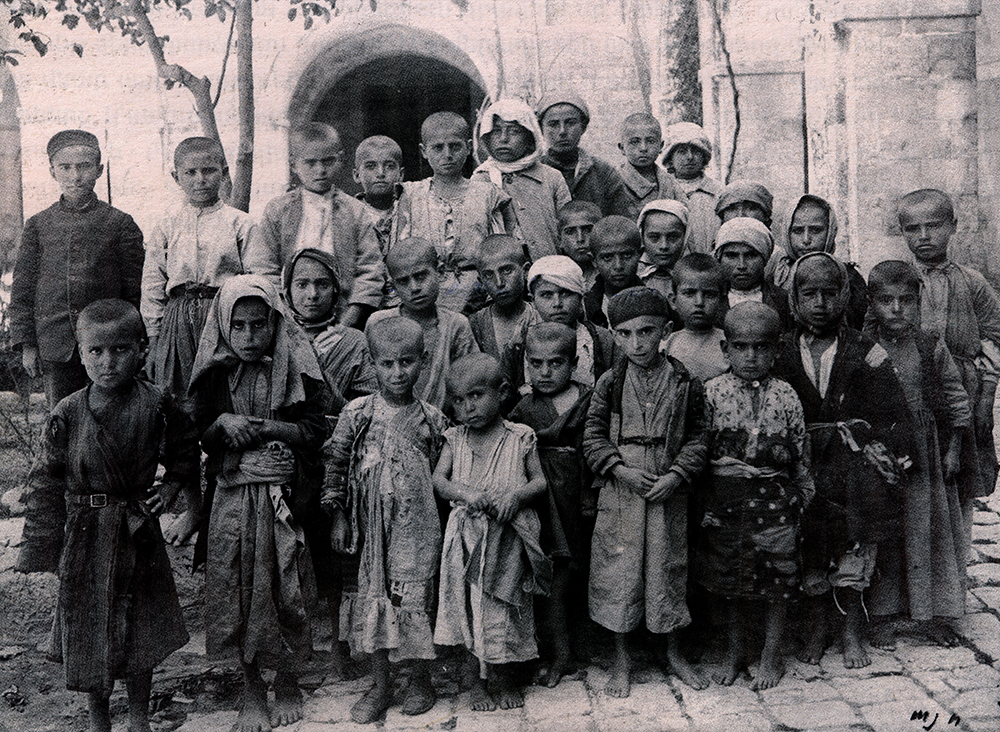
Armenian orphans assembled in the Jerusalem orphanage
A Century of History of the Armenian General Benevolent Union, 1906-1940, vol. 1, Cairo-Paris-New York, 2006 (in Armenian)
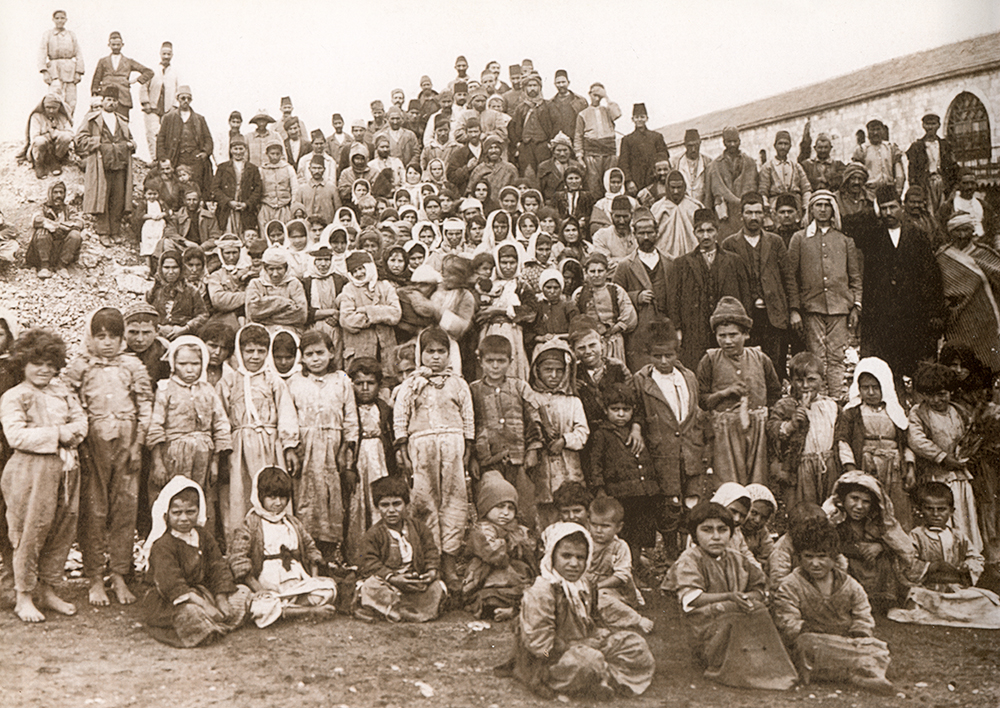
Armenian refugees gathered from the Salti region and transferred to Jerusalem
Les Arméniens, 1917-1939, La quête d’un refuge, Beyrouth, 2006
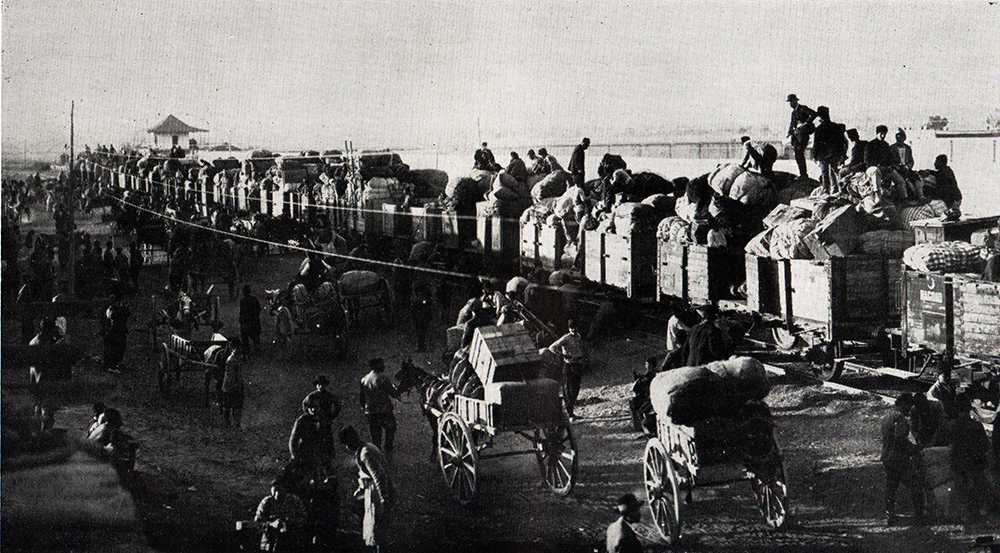
The exodus of the Armenians from Cilicia: Adana station, November 1921
A Century of History of the Armenian General Benevolent Union, 1906-1940, vol. 1,
Cairo-Paris-New York, 2006 (in Armenian)





